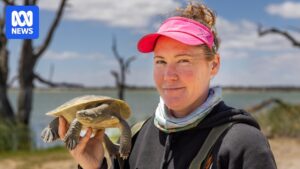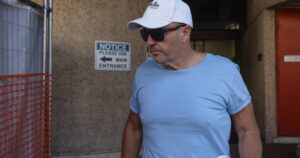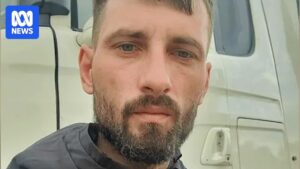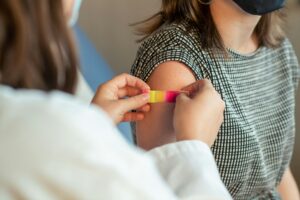When NASA launches the next stage of its lunar exploration with the Artemis II mission next year, the crew will not be alone in their journey around the Moon. Accompanying them will be a series of groundbreaking experiments focused on human health, including one that involves placing astronaut tissue samples on small chips to be exposed to the same space travel hazards as the crew.
This innovative approach, known as the AVATAR project, could revolutionize our understanding of space health. If successful, these ‘astronauts-on-chips’ could be deployed on scouting missions to assess health risks before humans embark on their journeys. The potential impact of this project extends beyond space exploration, offering insights that could transform medical treatments on Earth.
Understanding the Hazards of Space Travel
Human anatomy is not naturally equipped for the challenges of space. Prolonged exposure beyond Earth’s protective atmosphere, far from emergency medical care, and without the support of gravity, poses significant health risks. According to Steve Platts, chief scientist of NASA’s Human Research Program, there are five primary hazards of space flight: space radiation, isolation, distance from support, gravity (or the lack thereof), and the confined environment of spacecraft.
“Being in a very small vehicle that’s kind of smelly, kind of loud, it’s difficult to sleep – all those kinds of things are part of that hazard,” Platts explained.
Over decades of space exploration, these challenges have been linked to various health issues, including bone loss, vision changes, heart weakening, and even exacerbation of erectile dysfunction. NASA’s Artemis lunar program presents an opportunity to delve deeper into these issues, providing the Human Research Program with a platform to uncover unknowns in space health.
The AVATAR Project: A New Frontier in Space Medicine
The AVATAR project takes a novel approach to space health research by placing astronaut tissue specimens directly in the path of space hazards. These specimens, housed in devices the size of a USB drive, act as “organs-on-chips,” serving as proxies for human body systems. This method, while not entirely new, marks the first time organ samples will accompany their donors on a deep space mission.
Lisa Carnell, director of NASA’s Biological and Physical Sciences division, elaborated on the project: “For Artemis II, this AVATAR is going to be a bone marrow model made out of each of the astronauts. So each astronaut in Artemis II is contributing their cells to create their own miniature avatars.”
These samples will travel alongside the astronauts in the Orion spacecraft, providing crucial physiological data that can be compared to the crew’s immune responses. The goal is to expand the library of tissues and the number of astronauts participating in future missions, potentially including samples of the heart, liver, brain, and other organs.
Implications for Space and Earth Medicine
The AVATAR project aims to develop personalized avatars that can be sent ahead to assess the effects of deep space environments on astronauts, allowing researchers to devise countermeasures. “If we truly want to send humans to live on the lunar surface, to go out to Mars, we really need to understand and know before we go,” Carnell stated. “And this will help us thrive in space.”
Beyond its implications for space exploration, the AVATAR project could also revolutionize personalized medicine on Earth. The ability to grow and maintain functional tissue specimens in isolation offers new opportunities for developing tailor-made therapies for various diseases.
“What’s really cool is that I think eventually this is going to revolutionize medicine,” Carnell said, envisioning a future where individuals have their own AVATAR for medical testing.
As NASA continues to push the boundaries of space exploration, the lessons learned from the AVATAR project are likely to benefit all of humankind, advancing our understanding of both space and terrestrial health.






